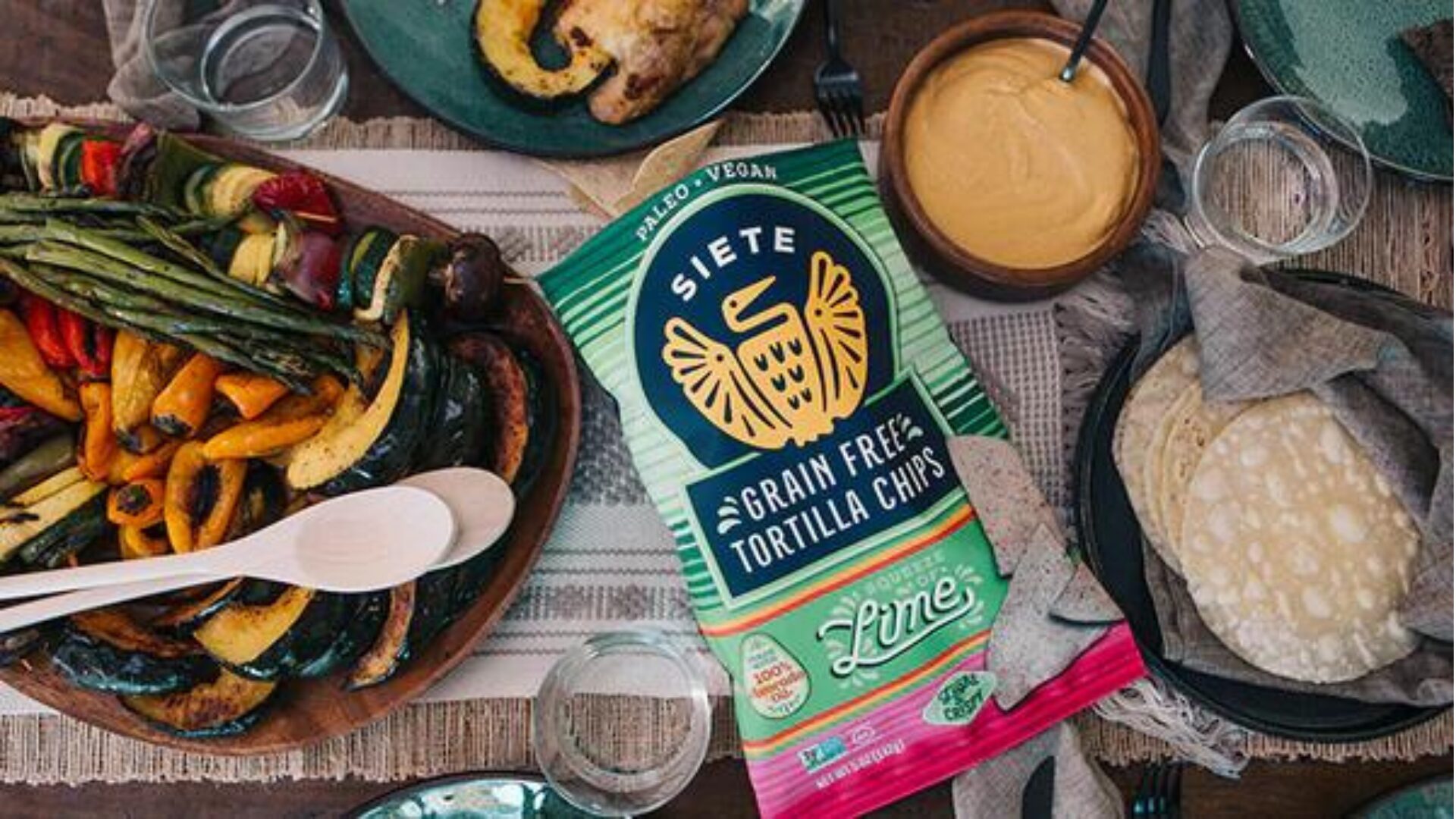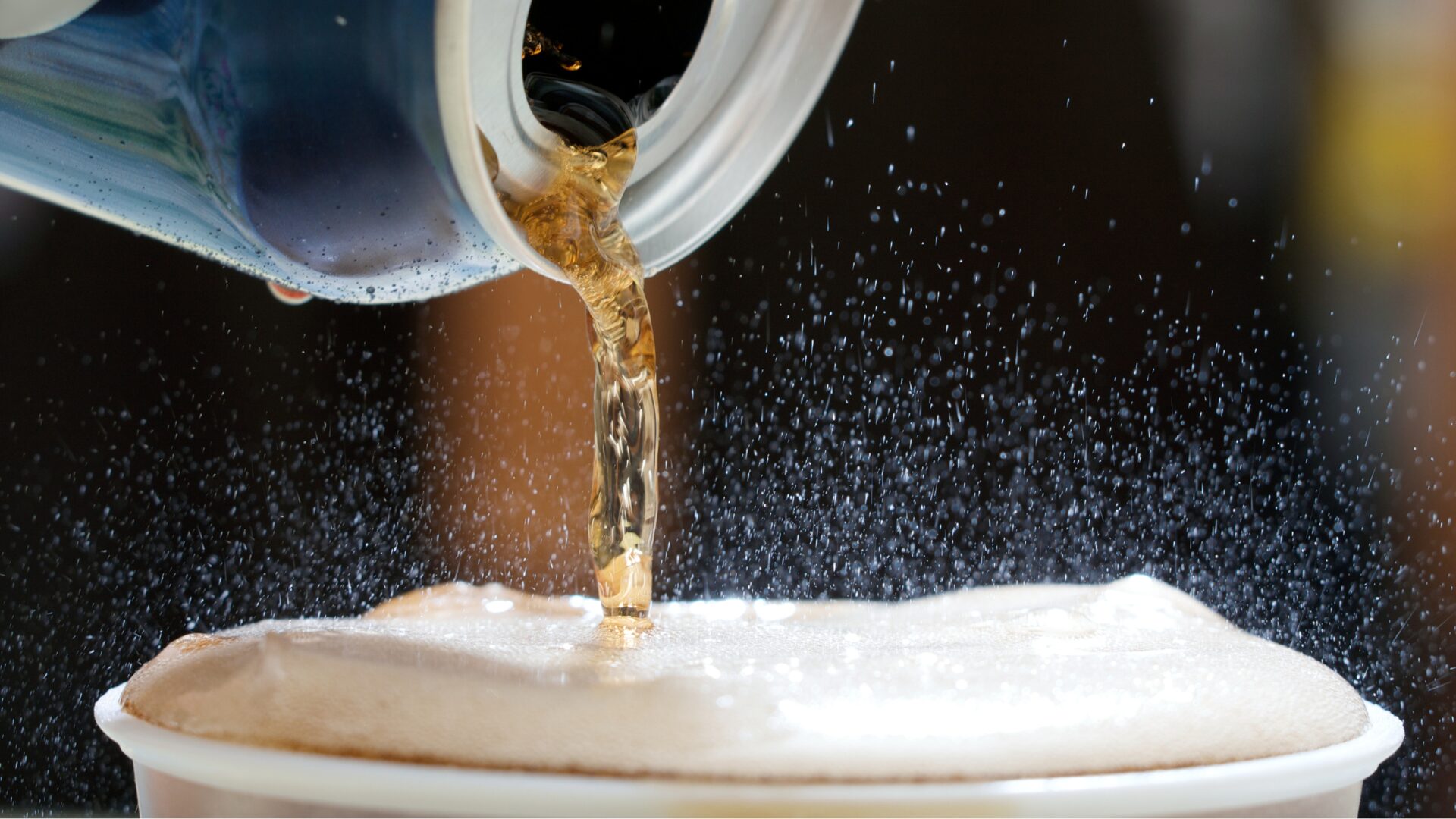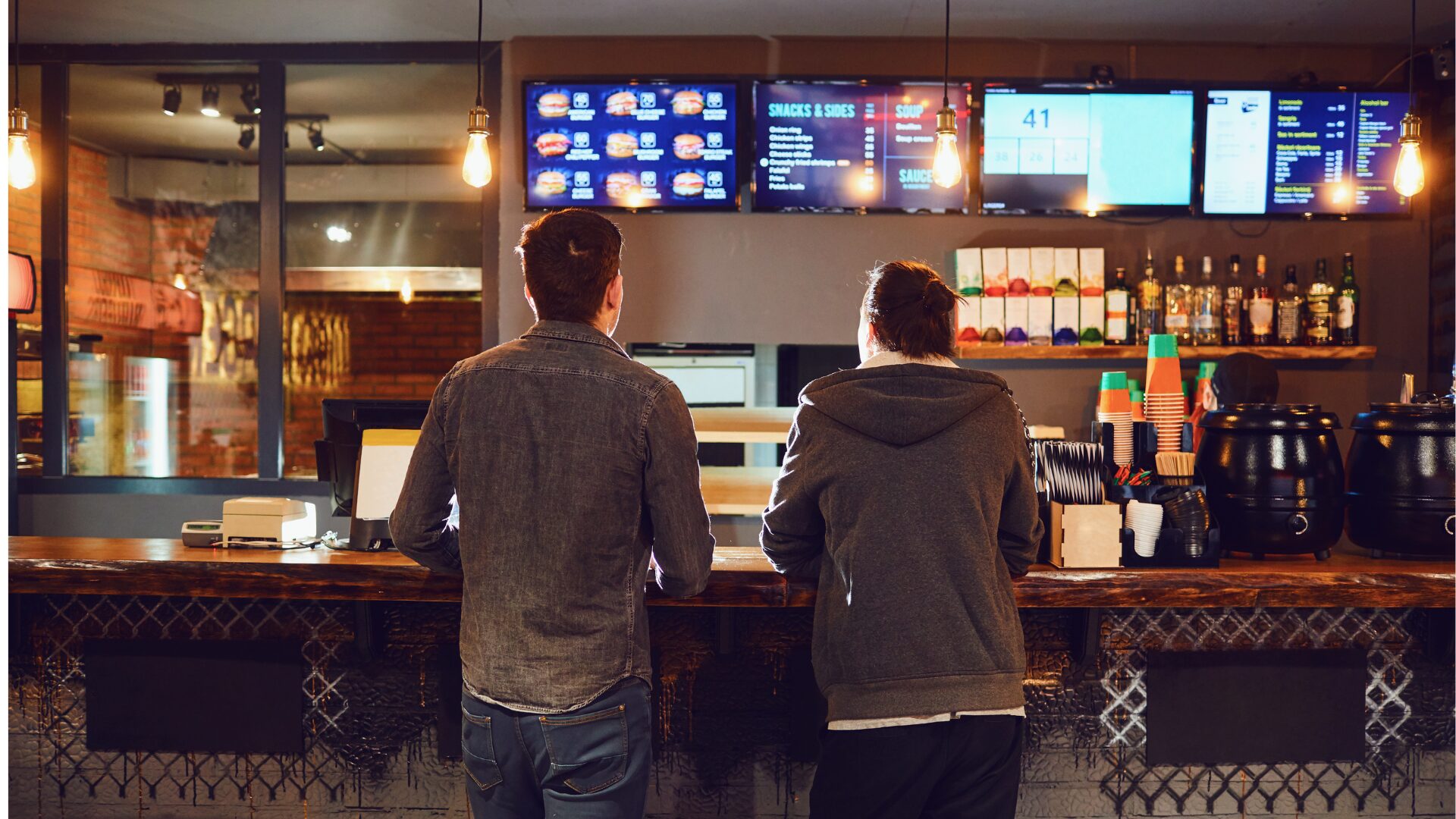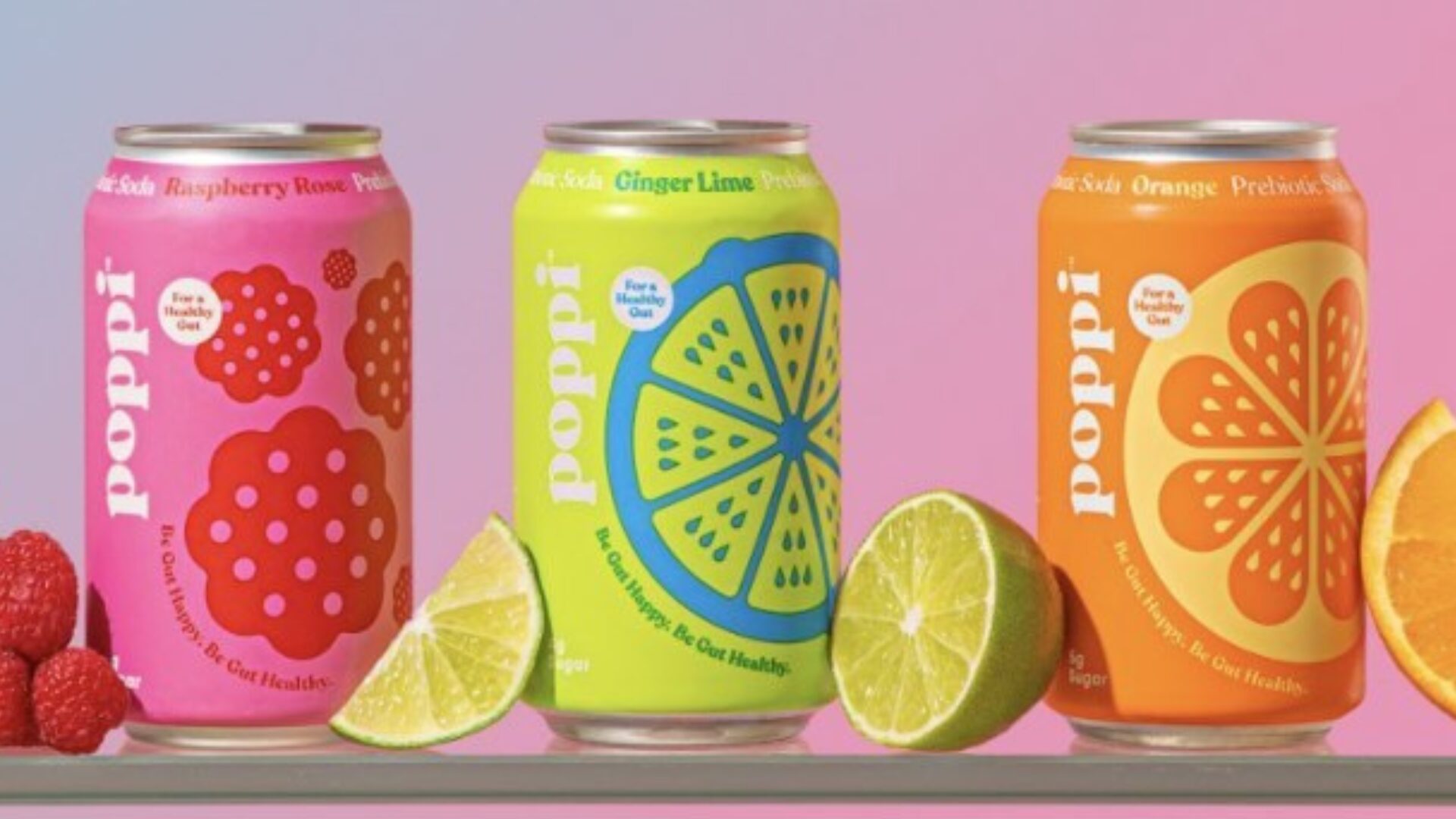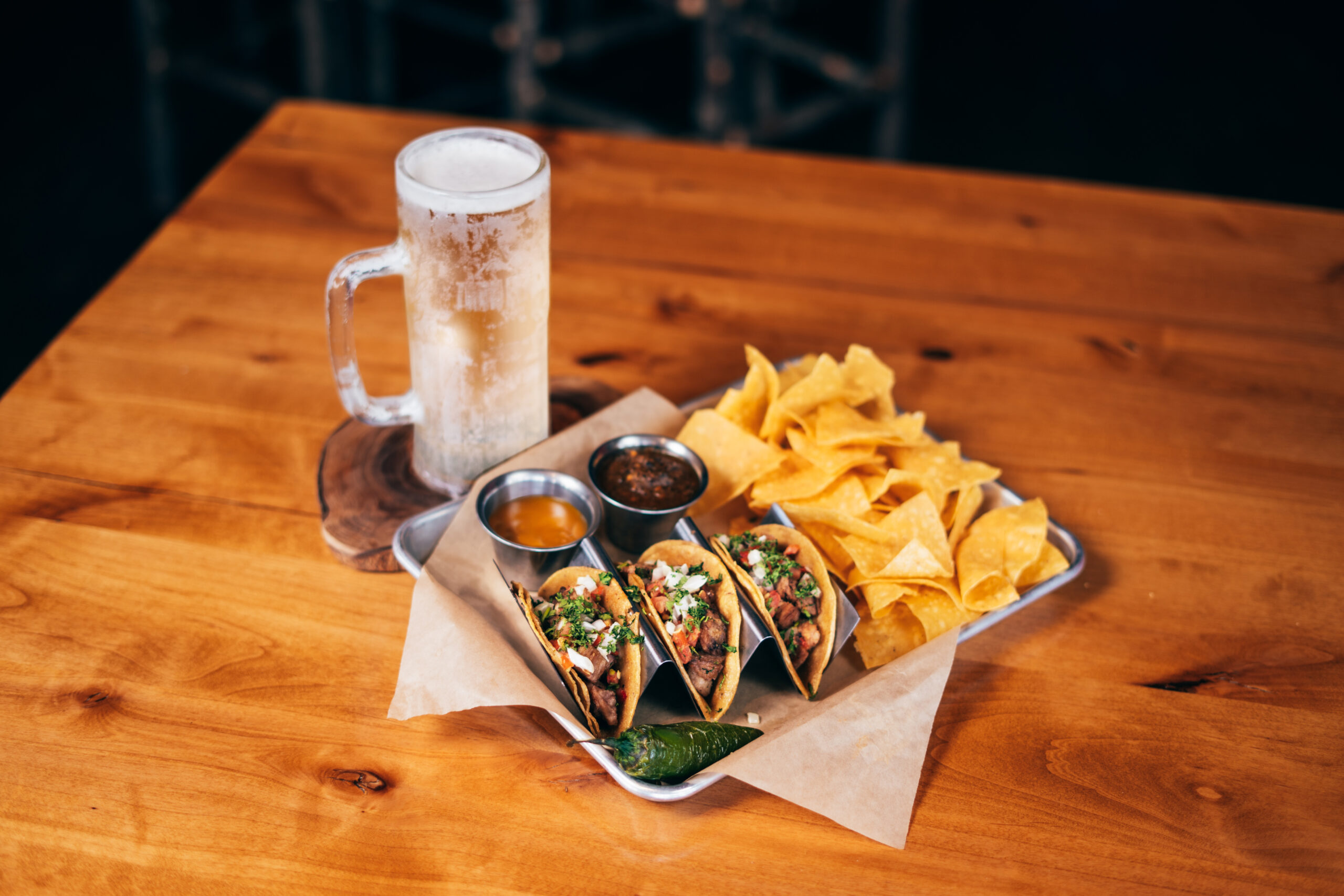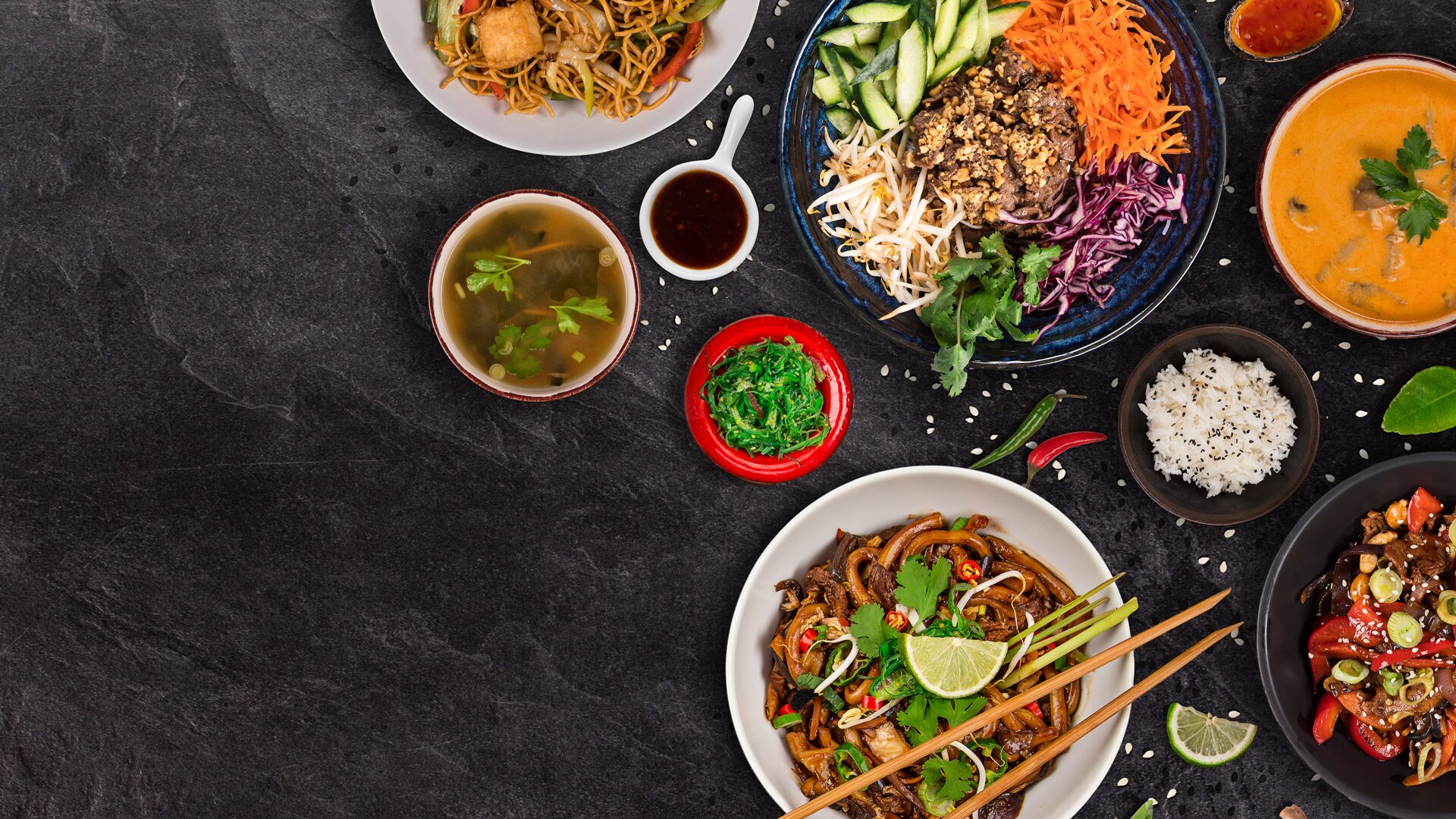In the restaurant space, the value inherent in Hispanic foods is evident. Chipotle, far and away the category leader, has a market capitalization of $78 billion. Taco Bell accounts for a little over one-third of the operating profit for Yum Brands; Yum’s $38 billion valuation suggests the Taco Bell concept is probably worth close to $15 billion. Smaller chains still move the needle, too: Chuy’s is being acquired by Olive Garden owner Darden Restaurants in a $600 million deal, for example.
In packaged foods, however, the story is different. Goya, perhaps the best-known Mexican brand in the U.S., reportedly rebuffed an offer from private equity giant Carlyle Group in 2019. That deal valued the business at just $3.5 billion.
Old El Paso, owned by General Mills, is probably worth in the $1.5 billion range, based on retail sales data from the company and Nielsen. MegaMex, a joint venture between Hormel and Mexico’s Grupo Herdez, has generated about $50 million in net earnings over the past four quarters, according to Hormel’s financial filings. That figure implies the JV, which sells brands like Hermez, Chi-Chi’s, and Wholly Guacamole in the U.S., is likely worth roughly $1 billion.
Those figures highlight both the risk and reward of PepsiCo’s recent acquisition of Siete Foods. On the one hand, Pepsi is paying $1.2 billion for a business that is only ten years old – about the same value as that applied to brands that have been around for decades.
It’s a big bet on a still-young business in a category that hasn’t delivered the valuations observers might expect. Given the risk for any major buying a fast-growing independent brand – devoted Siete customers have already taken to social media to express their displeasure – the purchase does have potential downside.
But the deal also makes a good deal of sense for Siete as is. The company is not a typical Hispanic brand, given its focus on grain-free and better-for-you products. As a result, Siete fits nicely into Pepsi’s snack portfolio, as it pivots away from its longstanding reliance on brands like Fritos and Doritos.
While its price tag seems eye-opening for a young company, Siete has been an enormous success so far. Reports say it’s generating about $500 million in retail sales.
In that context, a $1.2 billion price tag is quite reasonable. As Morningstar noted, Pepsi as a whole trades for about 2.5x its revenue, and that business is not growing at anywhere near the rate that Siete is.
Where the deal gets particularly interesting is in terms of what Siete can be, not necessarily what it is. The fact that valuations in the Hispanic food space are relatively low is a function of the fact that simply isn’t a category killer. There is no Chipotle in the packaged foods space.
And while the Siete acquisition is being analyzed in the context of Pepsi’s snack portfolio – which of course includes Tostitos and Doritos – there is a path for the brand to expand its reach. Siete already has expanded off its base in tortillas and chips into sauces, seasonings, beans, and even cookies. Pepsi’s massive distribution reach and power with retailers obviously can accelerate that expansion.
Siete’s current price point likely precludes it from competing directly with a mass market brand like Old El Paso – for now. But Pepsi’s scale, expertise, and manufacturing capacity could bring costs down (even if, admittedly, that’s precisely what worries Siete’s loyal customers).
And, again, there’s an opportunity in the packaged foods space for this brand to become a leader. In that context, Pepsi’s plans for Siete may well extend far beyond a simple expansion of its snack portfolio. Packaged foods companies so far haven’t truly been able to take advantage of the American appetite for Mexican food. The combination of Pepsi and Siete might change that.
Editor’s note: Vince Martin is an analyst and author whose work has appeared on multiple financial industry websites for more than a decade. He is the lead writer at Overlooked Alpha, which offers market-wide and single-stock analysis every week. He has no positions in any securities mentioned.
The Food Institute Podcast
Restaurant results for the second quarter weren’t stellar, but people still need to eat. Are they turning to their refrigerators, or are restaurants still on the menu for consumers? Circana Senior Vice President David Portalatin joined The Food Institute Podcast to discuss the makeup of the current restaurant customer amid a rising trend of home-centricity.


